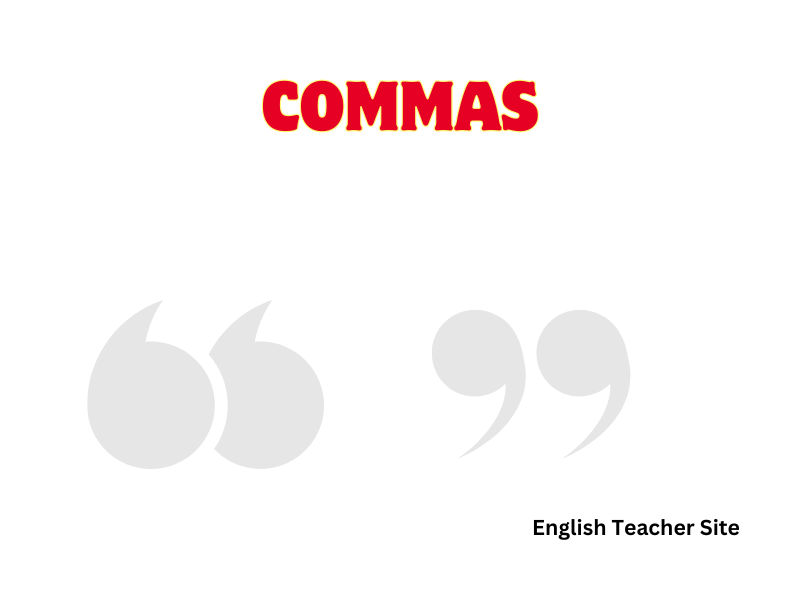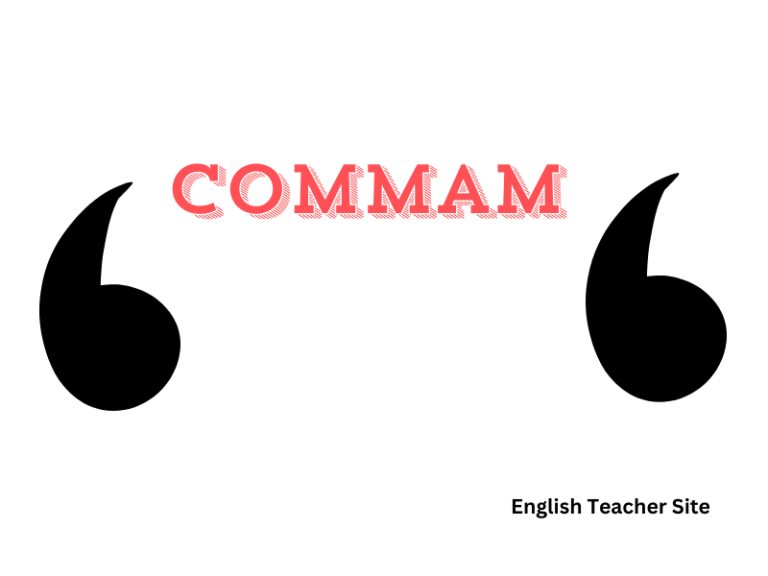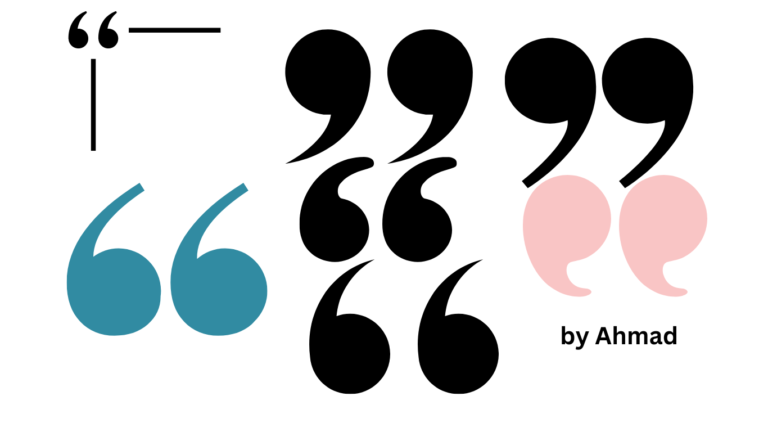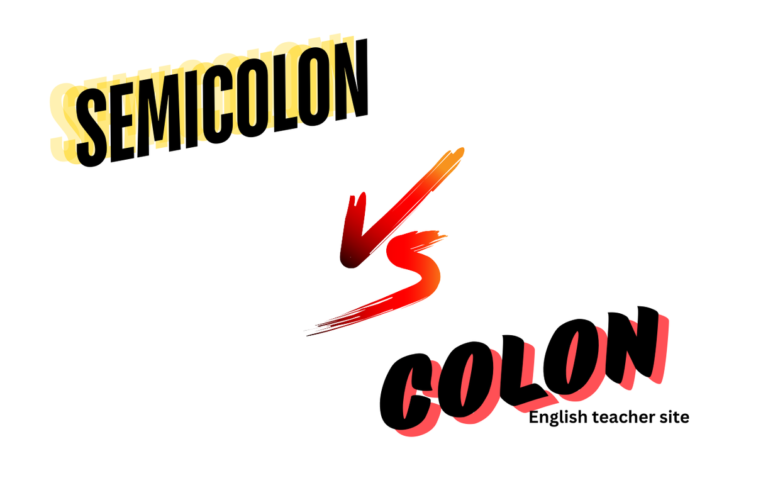When and How to Use Commas: A Grammar Guide for Clear Writing

- Commas are pivotal in ensuring clarity and precision in writing.
- Effective comma use involves applying a set of specific rules.
- Mastery of commas can significantly enhance the readability of text.
Commas are, perhaps, the most versatile punctuation marks in English writing, serving a multitude of purposes that help to clarify meaning and add nuance to text. Understanding comma usage is essential for anyone looking to master the nuances of English punctuation. They can indicate a pause within a sentence, separate items in a list, link independent clauses, or set off introductory elements and nonessential information.
Navigating “When and How to Use Commas: A Grammar Guide”
Comma Usage for Clarity
Commas separate items in a series to prevent confusion. They also set off non-essential clauses, which add information but are not necessary to the main point of the sentence.
- Series: When listing three or more items.
- Example: She bought apples, oranges, and bananas.
- Non-Essential Clauses: Parenthetical elements.
- Example: The car, which was red, sped by.
Comma for Connecting Ideas
Commas connect independent clauses when coupled with a coordinating conjunction. Independent clauses could stand as sentences on their own but are joined to enhance the flow of ideas.
Commas and Introductory Elements
When a sentence begins with an introductory word or phrase, it’s often followed by a comma to separate the introductory element from the main clause.
- Introductory Words: However, therefore, meanwhile.
- Example: Meanwhile, she prepared the report.
- Introductory Phrases: After a brief pause, considering the situation.
- Example: Considering the situation, he decided to wait.
Using Commas for Addresses and Dates
Commas also appear in addresses and dates to separate elements. When written within a sentence, commas after addresses or dates are necessary as well.
| Elements in Addresses | Example |
|---|---|
| City and State | Atlanta, Georgia |
| Full Address | 123 Main St., Atlanta, GA |
| Elements in Dates | Example |
|---|---|
| Month, Day, and Year | January 2, 2024 |
| Within Sentences | Tuesday, January 23, 2024, was a clear day. |
Avoiding Comma Splices
A comma splice occurs when two independent clauses are joined only by a comma without a coordinating conjunction. To fix a comma splice, use a conjunction, semicolon, or create two separate sentences.
- Incorrect: She writes daily, she is disciplined.
- Correct: She writes daily, and she is disciplined.
The Oxford Comma
The Oxford comma, or serial comma, is used before the final “and” or “or” in a list of three or more items. Its use is optional and subject to style guides, but can often clarify meaning.
- Without Oxford: I love my parents, Lady Gaga and Humpty Dumpty.
- With Oxford: I love my parents, Lady Gaga**,** and Humpty Dumpty.
Understanding When to Use Commas: A Comprehensive Guide
Lists
Commas neatly separate items in a list, making each element distinct. For instance:
- Apples
- Oranges
- Bananas
When listed in a sentence: “She bought apples, oranges, and bananas.”
Clauses
Independent Clauses: When two independent clauses are joined by a conjunction, a comma precedes the conjunction.
| Without Comma | With Comma |
|---|---|
| She ran to the store she forgot milk. | She ran to the store, and she forgot milk. |
Dependent Clauses: If the dependent clause comes first, it’s followed by a comma.
| Without Comma | With Comma |
|---|---|
| Because he was late his report was marked down. | Because he was late, his report was marked down. |
Introductory Elements
Commas also follow introductory words, phrases, or clauses in a sentence.
- Yes, we have no bananas.
- After several attempts, they finally succeeded.
- Unsurprisingly, he passed the test with flying colors.
Additional Information
A non-restrictive clause, which is additional information that can be removed without changing the sentence’s meaning, should be enclosed by commas.
- The car, which was red, sped past.
- My brother, a doctor, works at the local hospital.
Defining a Comma: What Is It?
A comma is a punctuation mark used in writing that denotes a slight pause within a sentence. It appears as a small curved line (,) slightly raised from the baseline of the text. The primary function of the comma is to clarify the meaning of sentences by grouping and separating words, phrases, and clauses.
Uses of a Comma:
- Listing: Separates items in a series.
- Connecting: Links independent clauses with conjunctions such as “and,” “but,” “for,” “or,” “nor,” “so,” or “yet.”
- Introducing: Sets the stage for an introductory element.
- Interjecting: Encloses non-essential information or interjections.
Visual Representation of Comma Functions:
| Function | Example |
|---|---|
| Listing | She bought eggs, milk, and bread. |
| Connecting | He wanted to go, but she wanted to stay. |
| Introducing | After the show, they went out for dinner. |
| Interjecting | My friend, a talented musician, plays guitar. |
Essential Comma Rules: Mastering Punctuation
Separating a Series of Words
Commas allow readers to grasp the individual elements within a list. For instance, in the sentence “She bought eggs, milk, bread, and cheese,” commas separate the items purchased to prevent confusion.
Separating Independent Clauses Before a Coordinating Conjunction
When combining two independent clauses with a coordinating conjunction such as “and” or “but,” a comma precedes the conjunction. For example:
- He wanted to go for a walk, but it started to rain.
Marking Off Appositive Phrases
Appositive phrases add extra information about a noun and are often set off by commas. Consider:
- My brother, a doctor, works long hours.
Separating Non-Restrictive Clauses
Non-restrictive clauses, which provide additional information not essential to the meaning of a sentence, should be preceded and followed by commas:
- The car, which was red, sped past us.
Indicating Direct Quotations with Commas
Commas are used to introduce or interrupt direct quotations shorter than 40 words:
- She said, “Please join us.”
Addressing People with Commas
When addressing someone directly, their name or title is set off with commas:
- Will you, Emma, take this responsibility?
Placing Commas After an Introductory Clause or Phrase
Introductory elements in sentences are often followed by a comma to improve readability:
- After the show, they went out for dinner.
Using Commas in Dates, Addresses, Titles, and Numbers
Commas are pivotal in dates, addresses, titles, and numbers for clarity:
- Dates: April 18, 2022, was a memorable day.
- Addresses: They moved to Seattle, Washington, after the wedding.
- Titles: Serena Williams, PhD, attended the meeting.
- Numbers: The population is 5,000,000.
Sources
Harper, Douglas. “Etymology of punctuation.” Online Etymology Dictionary.
My name is Khamis Maiouf. I am the creator of the English Teacher Site, dedicated to providing valuable resources and insights for students around the world. With a passion for education and a commitment to helping students enhance their skills, I aim to make English teaching more effective and enjoyable for both educators and students.






